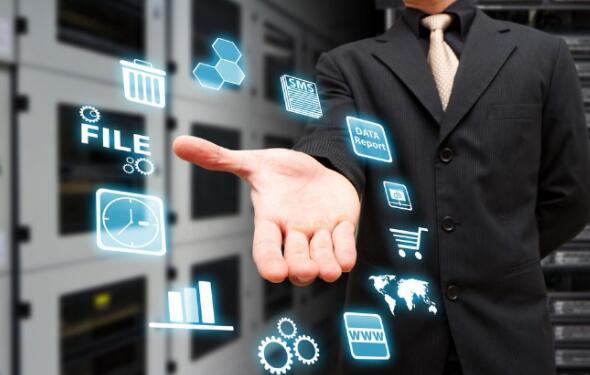How will the Internet of Things impact the future data center?
来源:
作者:
The future of the Internet of Things (IOT) can be inferred from how storage technology develops. One thing is certain: data generation and data traffic will increase dramatically.

IoT data is considered unstructured, but there are many data streams in reality, each with its own structure. Many stored data will only be used once, and then discarded or archived.
The problem that complicates the entire event is that the use of data is near real-time. For example, when you are shopping, the location of your store can be located. The timeliness of personalized advertising is often only 1 to 2 seconds.
Most IoT data is "digested" when it enters the data center (for example, facial recognition is transformed into storage location). The original data is stored for a period of time, depending on what it will do, it may eventually be transferred to disk storage. The digested product is a new and more valuable data stream. This data stream, along with other data, is sent to a powerful analysis engine that uses big data technology for reasoning.
The big data engine is usually an in-memory database engine, with a huge dynamic random access storage (RAM), several processor cores, and a solid state drive (SSD) with a PCI-E interface. The data is directly imported into the internal memory or saved via SSD. With the assistance of architectures such as Hadoop or other distributed storage systems, GPUs can achieve parallel processing, such as data search, at extremely high speeds. The used data will be transferred to SSD, and then hierarchically stored in the mass storage array.
The data center will have massive data eaters and analysis engines. Mass storage will be scale-out object storage, with powerful compression/deduplication and 10TB drives. The network performance will be higher, upgrading from the standard configuration of 10Gbe to 25/50GbE. The aggregated bandwidth will be 10 times the existing scale, and the backbone network will be migrated to 100GbE as the mainstream technology.
In the future of IoT, outbound devices will proliferate, covering everything from advertising displays to smart fares and smart road signs.



